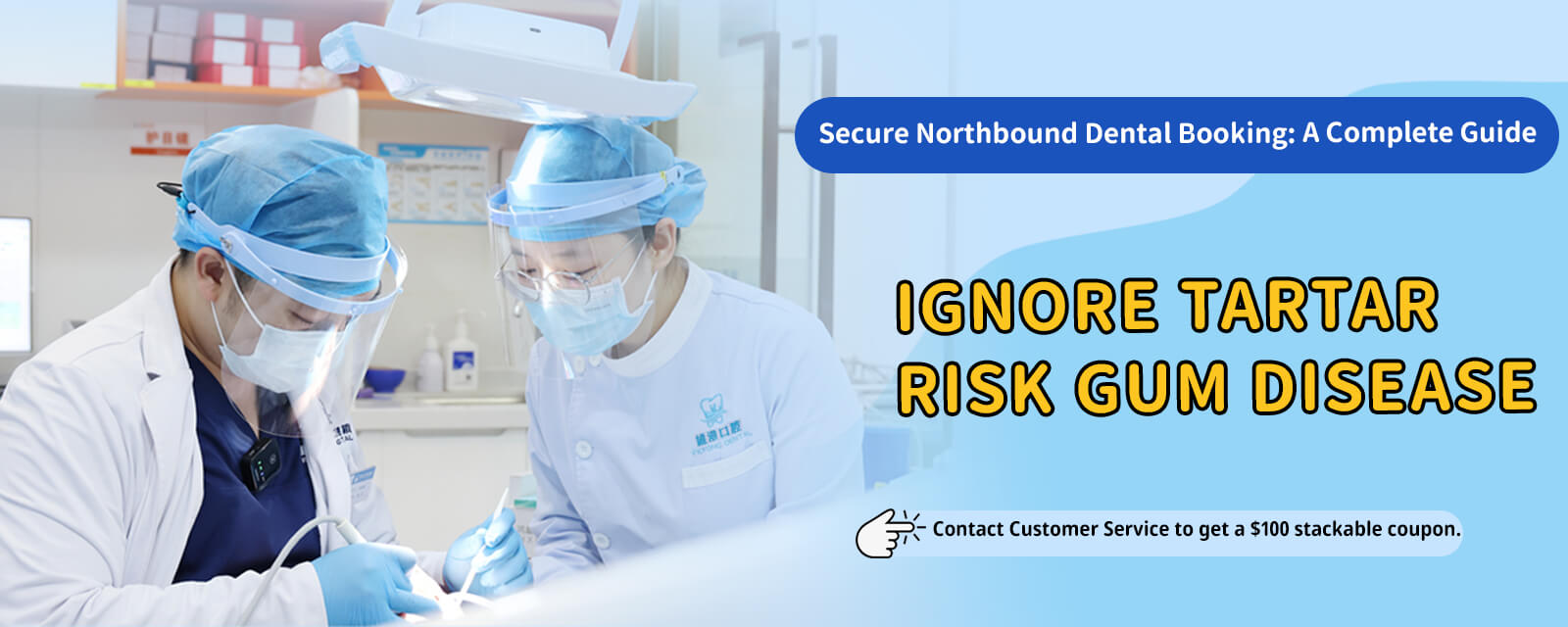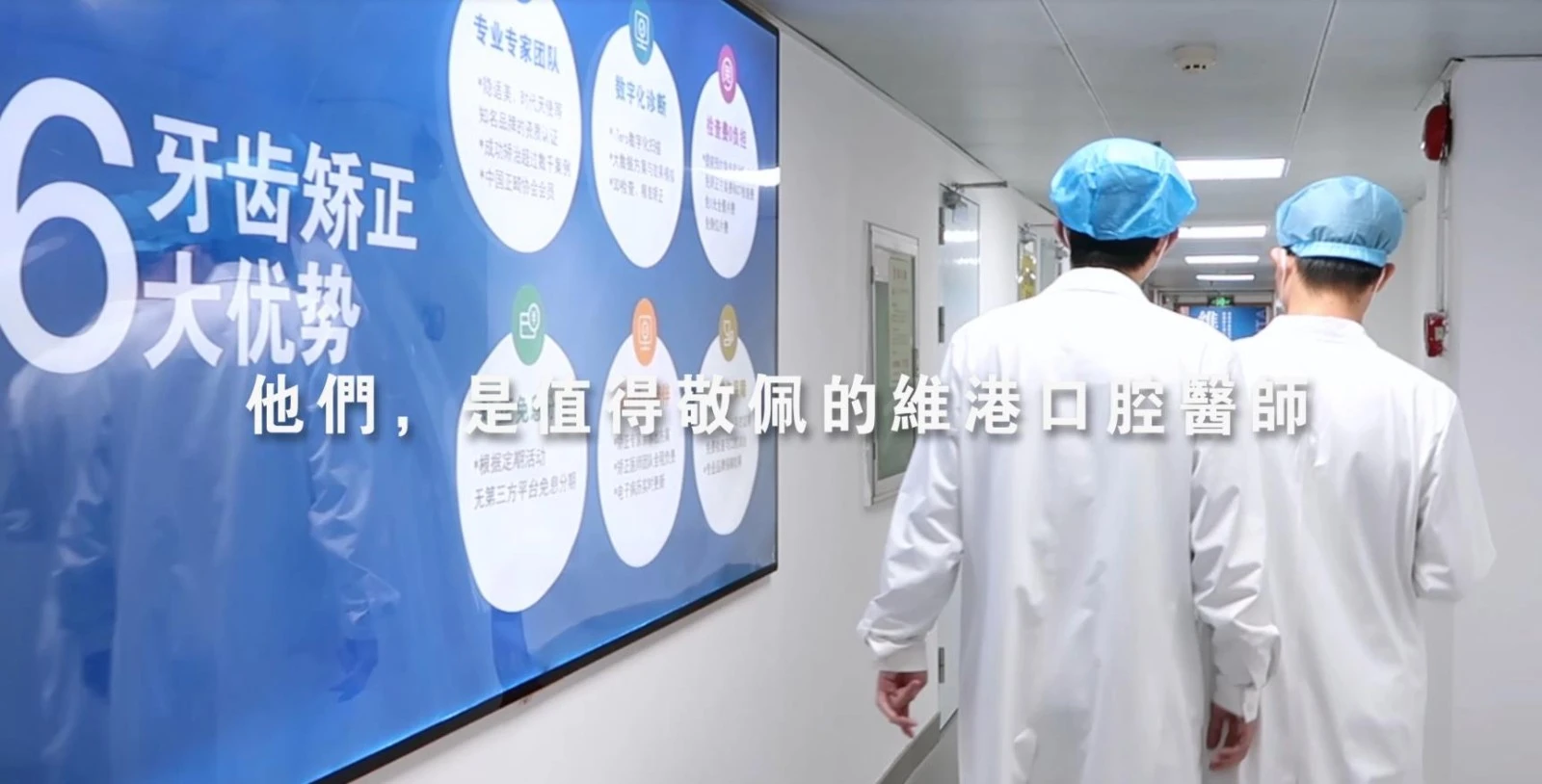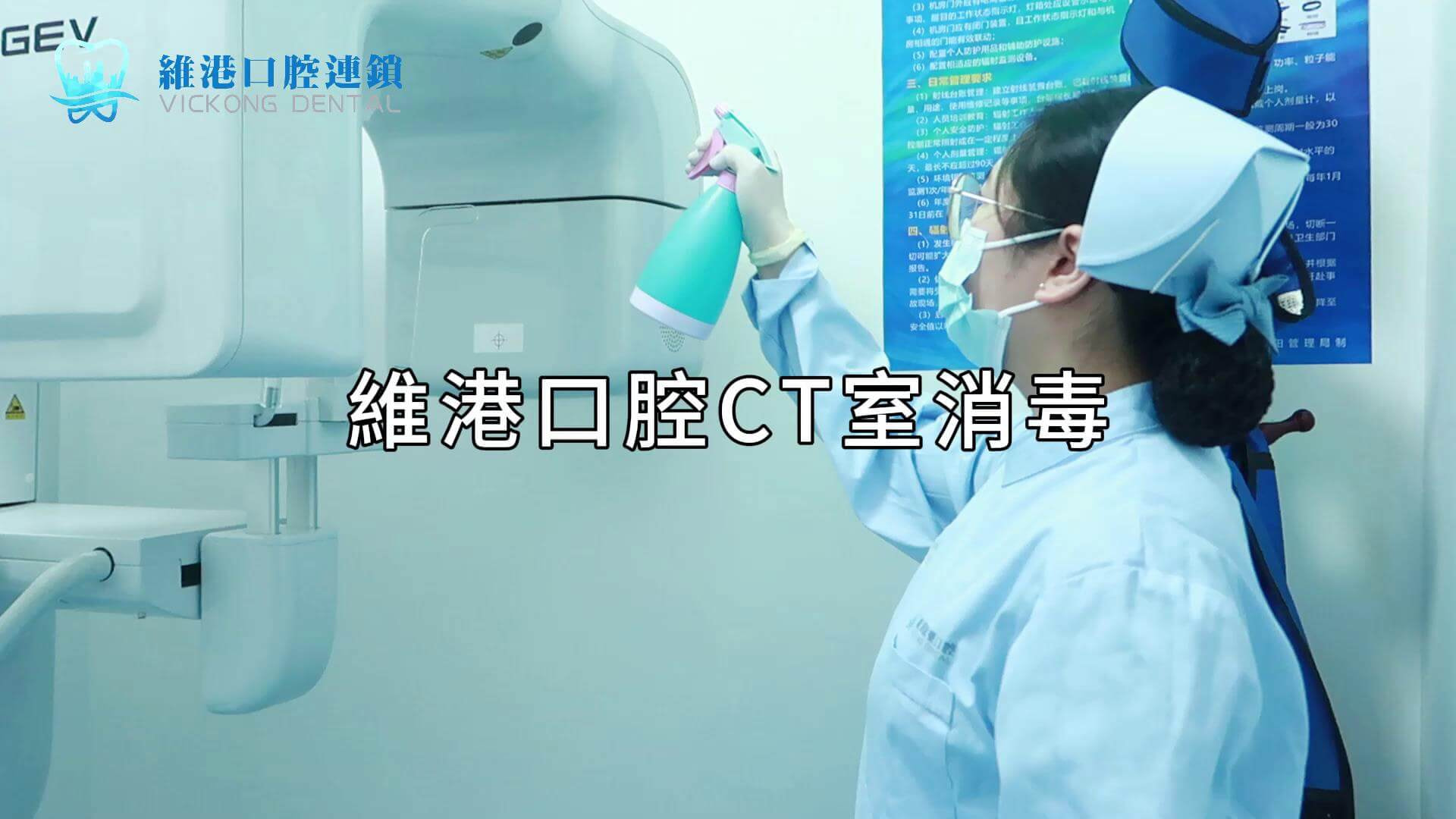**"Choosing Between All-Ceramic Crowns and Metal Crowns: Which is Better for Dental Implants Up North?"**
In recent years, a growing number of people from Hong Kong have been traveling north to Shenzhen, Guangzhou, or even Dongguan for dental treatments. The reasons are simple: more options, faster service, and the convenience of completing check-ups, implants, and crown restorations in one visit. However, once at the local dental clinic, youre often faced with the question, "All-ceramic crown or metal crown?" This choice significantly impacts the entire treatment outcome, so how do you decide whats right for you?
**What are All-Ceramic Crowns and Metal Crowns?**
All-ceramic crowns are made entirely of ceramic materials without any metal components, offering a natural look similar to real teeth with color and translucency closely matching your natural teeth. On the other hand, metal crowns generally feature a metal core with an outer ceramic layer, providing durability. While they also resemble teeth, their light transmission is not as good as all-ceramic crowns, and sometimes the edges might reveal metal lines.
**Aesthetics and Appearance**
For those who want a flawless smile, especially for the front teeth, all-ceramic crowns are typically the better choice. They match the color of surrounding teeth and dont create a "fake tooth" appearance under various lighting conditions. Although metal crowns are coated with ceramic, their translucency is average and may not be ideal for front teeth. However, for back teeth that are less visible, metal crowns are generally sufficient.
**Durability and Strength**
Some might think all-ceramic crowns are fragile, but modern technology has significantly improved their durability to rival many metal crowns. Nevertheless, for those with strong biting force or high-pressure back teeth, traditional metal crowns or porcelain-fused-to-metal crowns provide extra sturdiness, suitable for those who frequently chew hard foods.
**Comfort and Adaptation**
All-ceramic crowns feel simil

ar to natural teeth, without a metal taste, and cause less gum irritation, leading to a quicker adaptation period. While most people dont feel discomfort from metal crowns, individuals with sensitive gums or metal allergies should consult their dentist beforehand.
**Considerations for Dental Implants Up North**
Regardless of the crown type you choose, its advisable to have a comprehensive check-up in Hong Kong before heading north for implants. Be attentive to whether the mainland clinic clearly explains the material sources, maintenance procedures, and follow-up services. A reputable clinic should show you material samples and provide a detailed treatment plan, which can also be reviewed by your local dentist in Hong Kong.
**Maintenance and Care**
While aesthetically pleasing, all-ceramic crowns should not be used to chew excessively hard foods, like shelled nuts. Metal crowns are durable but require good oral hygiene to prevent tartar and gum disease from affecting their longevity. Irrespective of the material, daily brushing, flossing, and regular check-ups are essential.
**How to Choose the Right Crown for You?**
Consider three factors: location, functionality, and aesthetics. If aesthetics are your priority, especially for front teeth, all-ceramic crowns hold an advantage. For back teeth focusing on chewing strength and durability, metal crowns might be more suitable. Oral habits, such as teeth grinding or frequently eating hard foods, should also be taken into account. Dental implantation involves more than just material choice; it also includes implant quality, dentist skills, and post-surgical care, emphasizing the need for thorough communication with your dentist.
In conclusion, choosing between all-ceramic and metal crowns for dental implants up north doesnt have a one-size-fits-all answer. The key is to reflect on your needs and dental condition, coupled with professional advice from reputable clinics, to achieve results that are natural, durable, and comfortable, enhancing your smile with confidence.

























